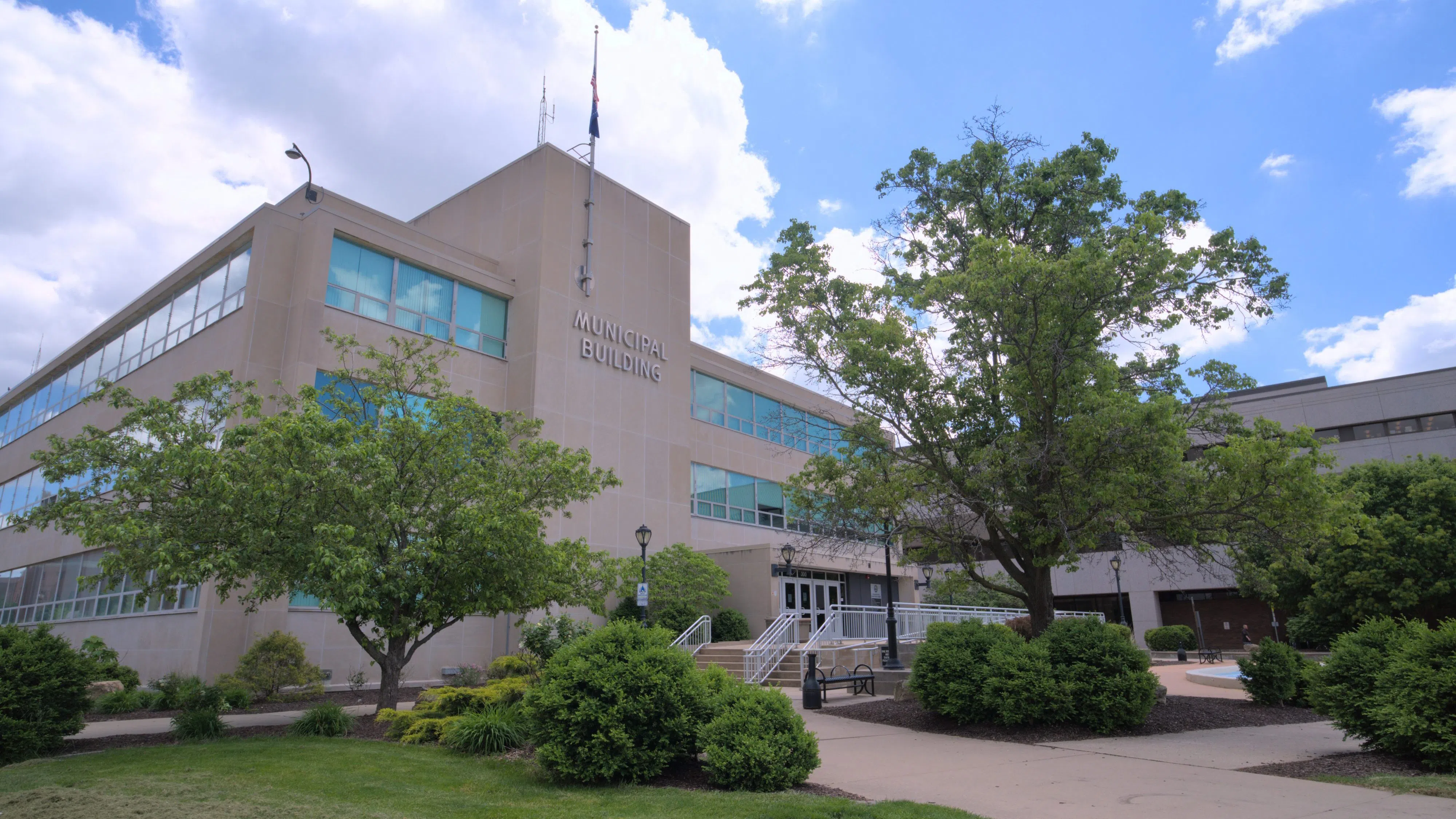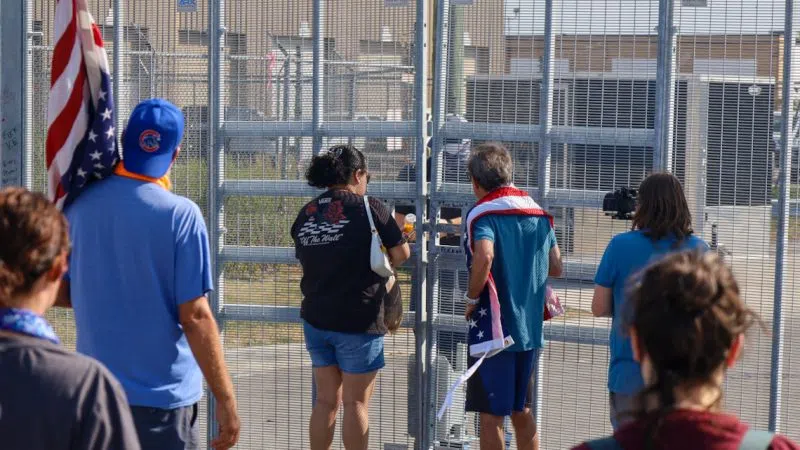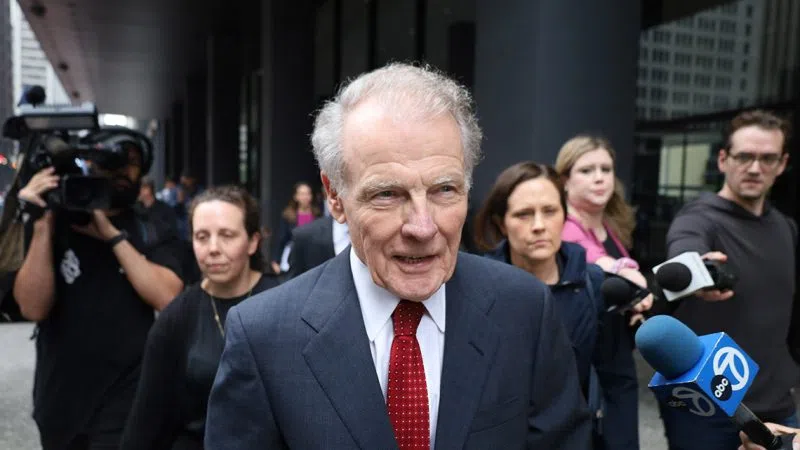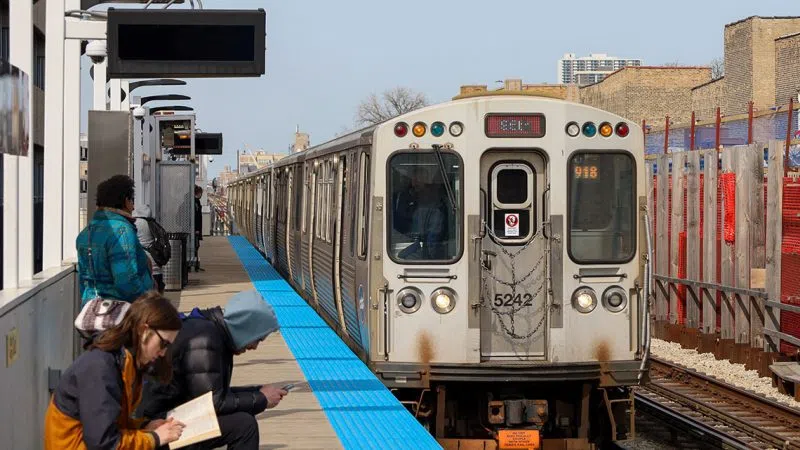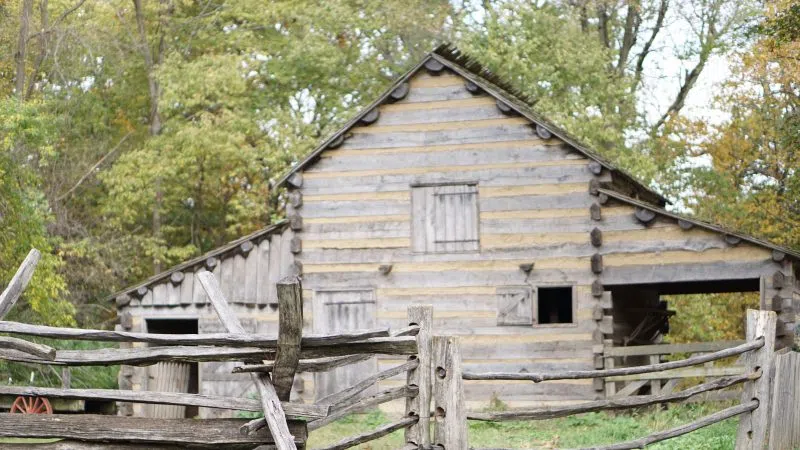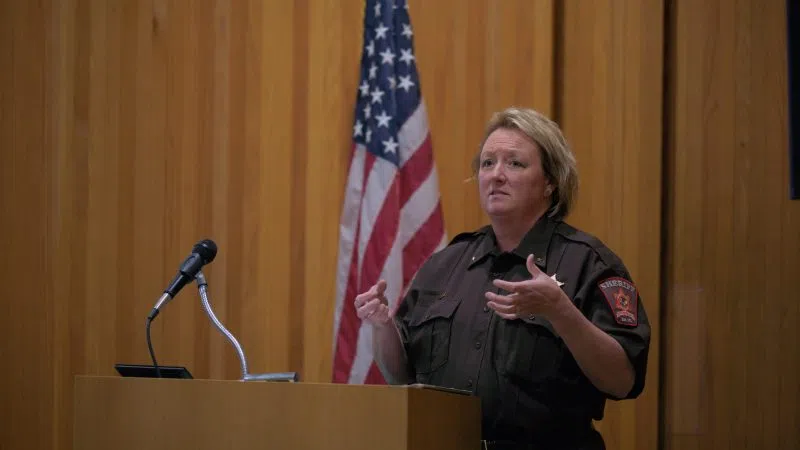During a presentation for the June 24th Committee of the Whole, City Water Light and Power Chief Doug Brown told the Springfield alderpeople that plans are still underway for an Integrated Resource Plan (IRP) to be conducted by the city’s utility for the first time since 2019. Such a plan would build a roadmap for the adoption of modern, renewable-focused energy infrastructure in the city.
Earlier this year Brown had suggested to the council that the IRP, which has been under discussion since last year, might be put on hold pending legislation which would set certain requirements for the process. Brown had a series of disagreements with alderpeople over his reasoning for halting the process, and was eventually obliged to continue — yet the bill which had prompted the arguments did not successfully pass the legislative session, potentially rendering the entire issue moot.
While CWLP continues to put together this new IRP, the horseshoe stressed to Brown the need for public engagement, which the evening’s Committee Chair Roy Williams, Jr. of Ward 3 felt needed to step beyond merely allowing public comment to come and go.
Springfield to get more EV charging stations
One new development for which CWLP has received grant money is the installation of a series of Level 2 (240 v) electric vehicle charging stations throughout the city: using a $629,000 grant from the Illinois Community Charging Program to carry the majority of the expenses, the utility seeks to deploy several charging stations in 9 areas across the city, for a total of 40 new stations.
EVs have become substantially more common in the Springfield area, with local dealerships offering a wide range of all-electric and plug-in hybrid models. Although a statewide ban on sales of internal combustion engine consumer vehicles has been slowly struggling to materialize, electric vehicles are increasingly popular as gas prices soar and gas fuel efficiency stagnates.
Work on the project will begin in August, with completion anticipated in 2026.
Lead line replacements slow, but threat is minimal
CWLP Water Director Todd LaFountain reported that city crews are slowly making progress on replacement of antiquated lead water service lines throughout the city, with 28 out of a targeted 400 lines having been replaced to date. A total of 75 out of 150 annual “emergency” lead line replacements have already been conducted. At present, the main target of replacement work is Yale Boulevard; the city’s next primary focus for lead line replacement will be on Capitol Avenue.
Although Springfield was one of the earlier cities to stop installing lead lines (new installation in the city ceased in the 1930’s), research indicates the city’s water system is home to over 10,000 legacy lead lines. Compared to the necessary rate of replacement in order to meet both federal and state deadlines, CWLP is still slow to ramp up. The utility hopes to hit a target rate of 1,000 replacements per year by 2027, although dwindling federal support funds and a tightening state budget may complicate that, leading to what Ald. Brad Carlson of Ward 7 deemed an unfunded mandate.
Regardless of the slow pace of the replacement program, Director LaFountain noted that the community health risk remains low: proper water treatment by the utility, he explained, ensures that the inner wall of lead piping is coated in a chemically stable phosphate scale which prevents lead from traveling into the passing water supply. The catastrophe in Flint, Michigan, which set off the nationwide lead replacement effort, had been caused by changes to water supply and water treatment, which caused the scale layer to chemically dislodge and send lead spilling into municipal residential water supplies.
As of last year, the water department reported that testing indicated Springfield water exceeded regulatory requirements, with particulate counts falling well below regulatory demands. The utility has no intentions of changing its treatment process.
Full details about CWLP’s treatment standards are available at the utility’s website.
